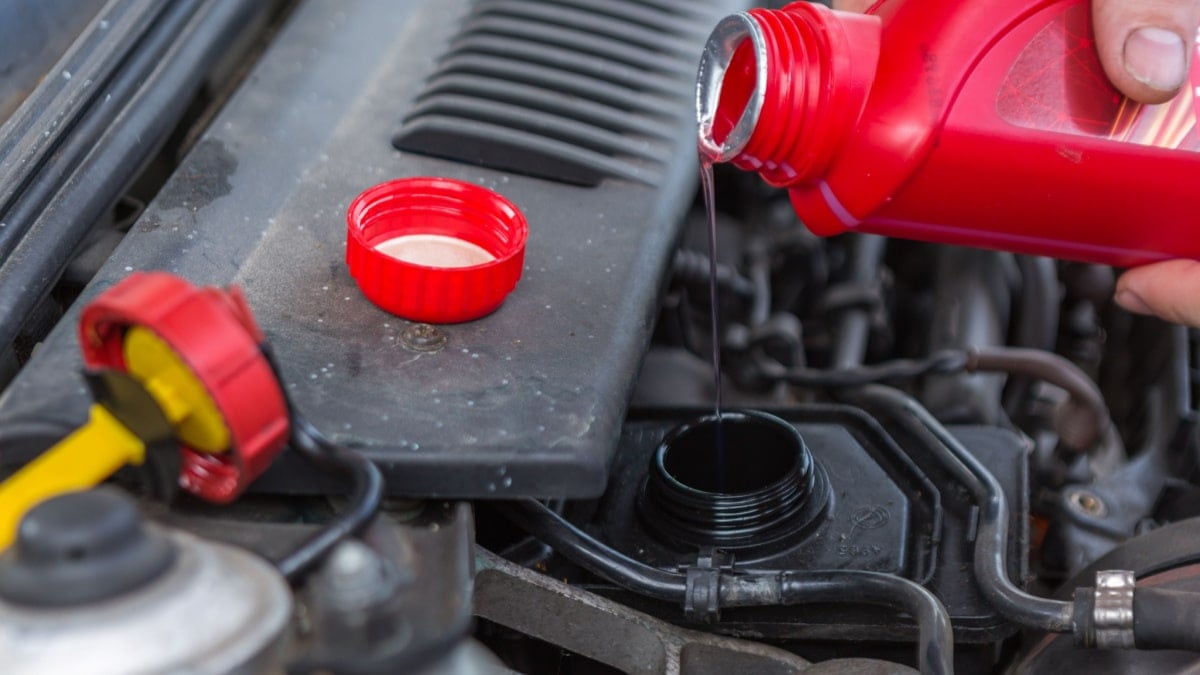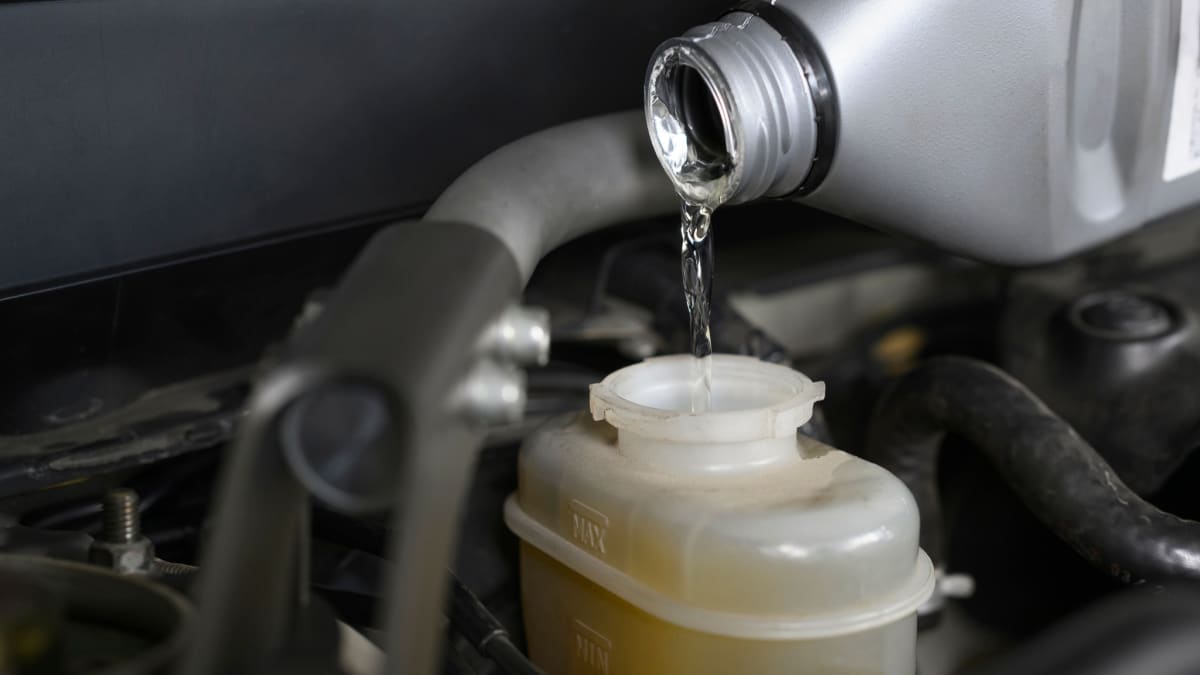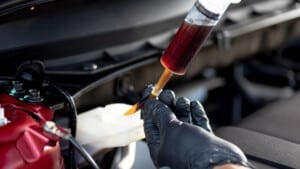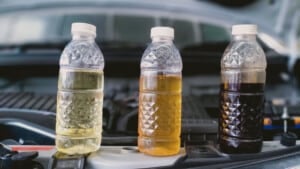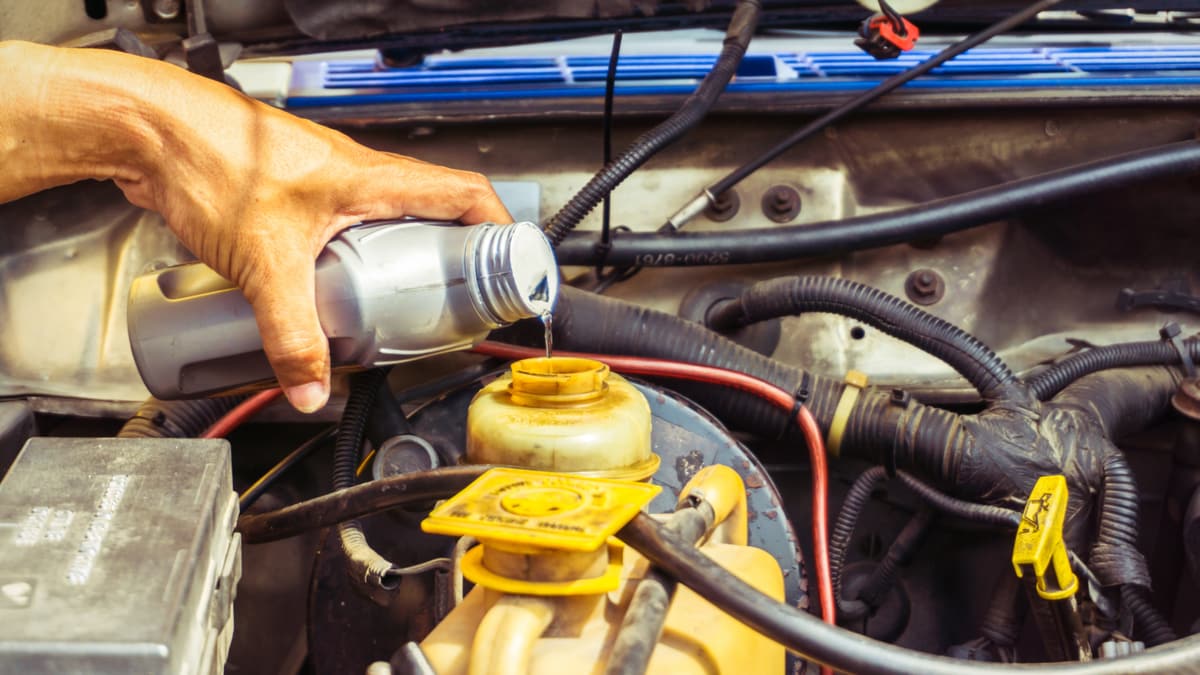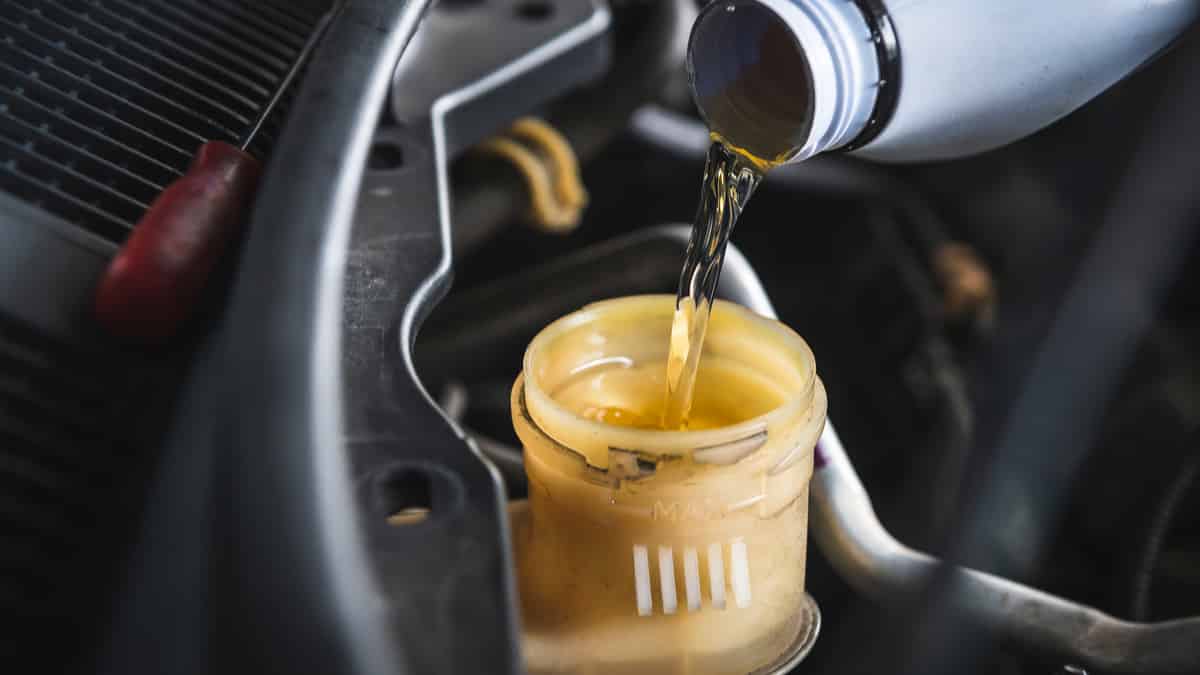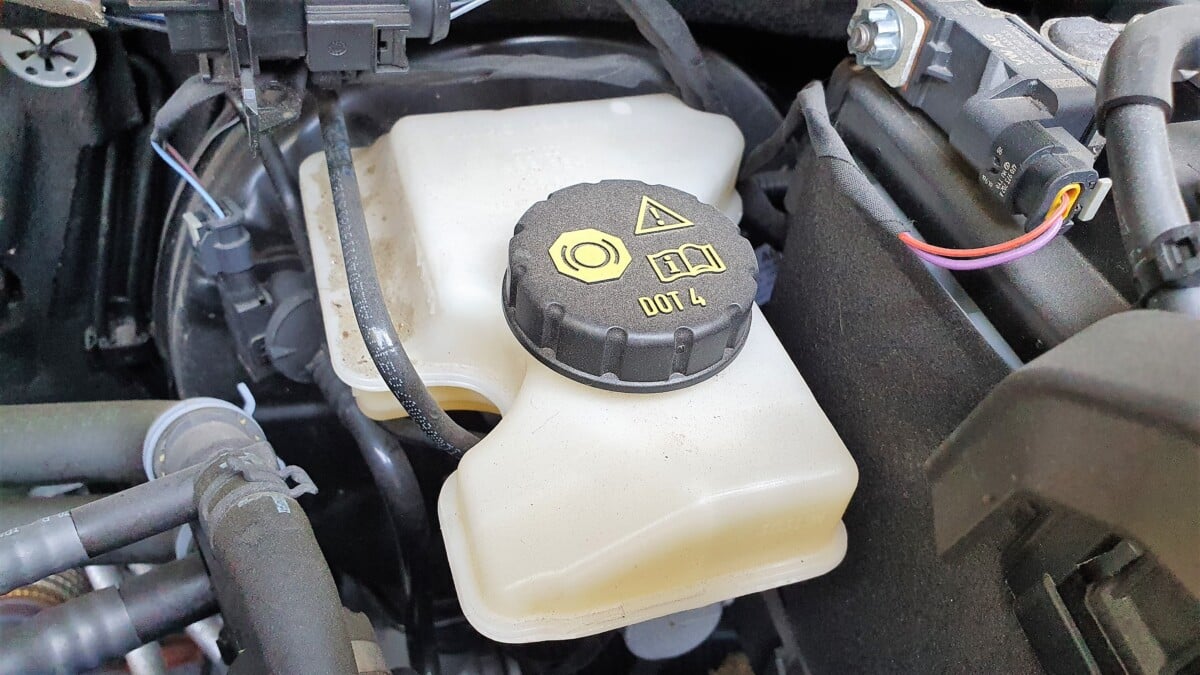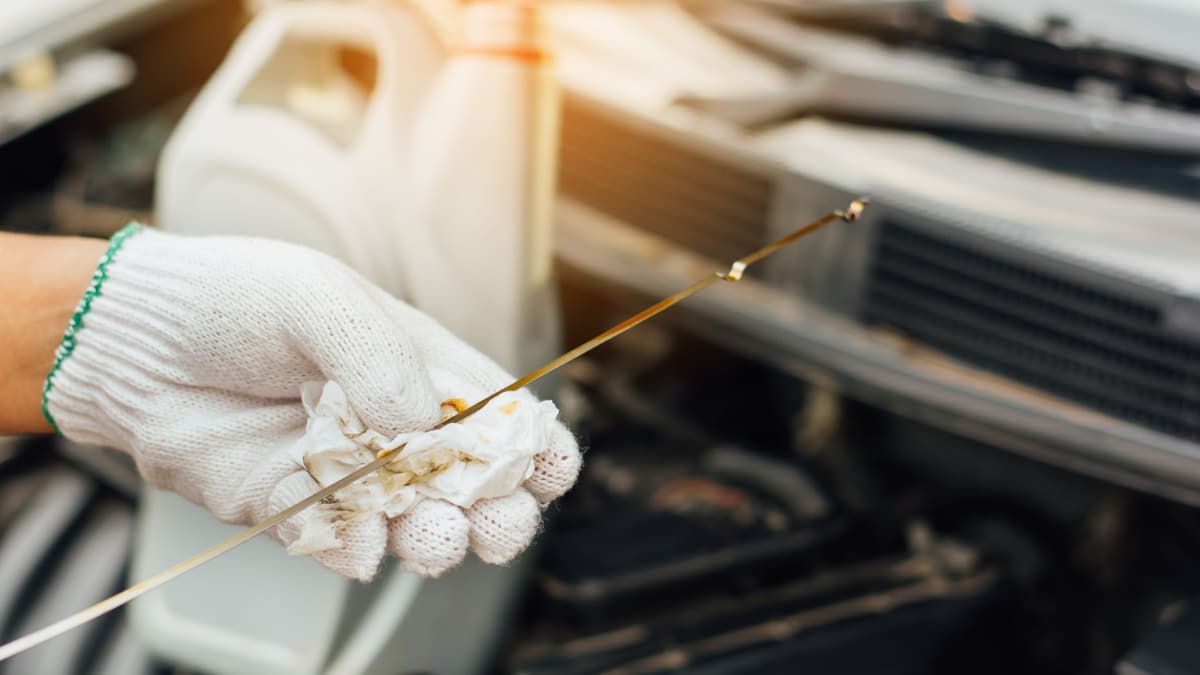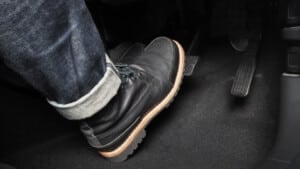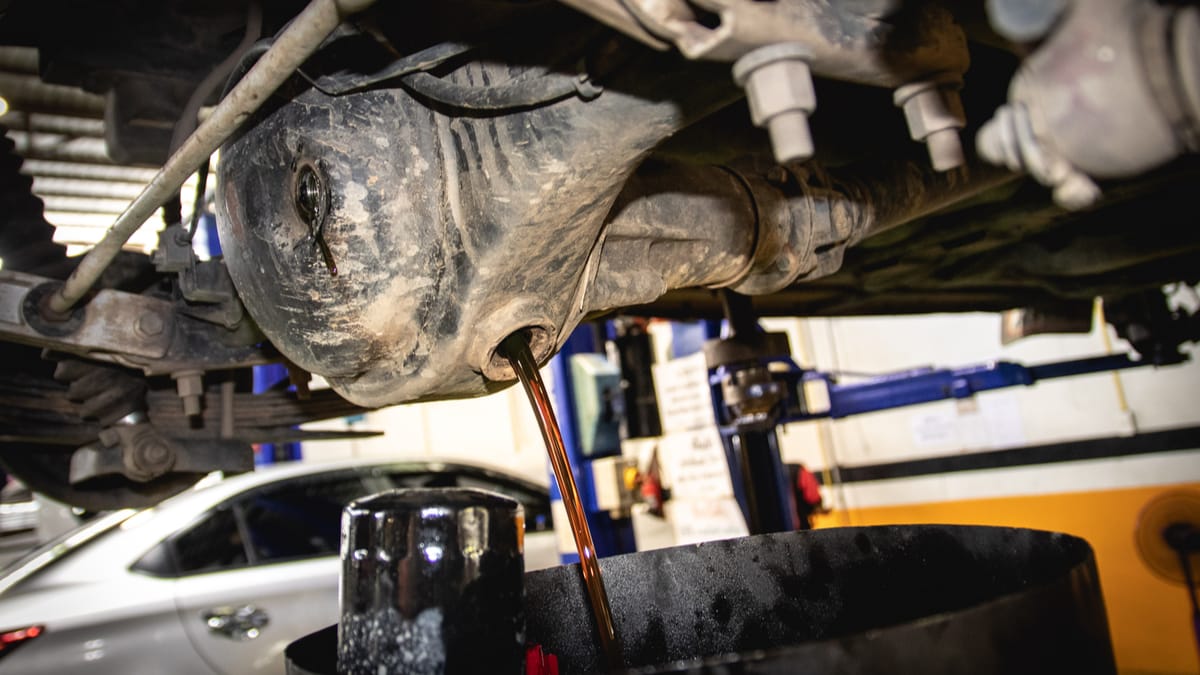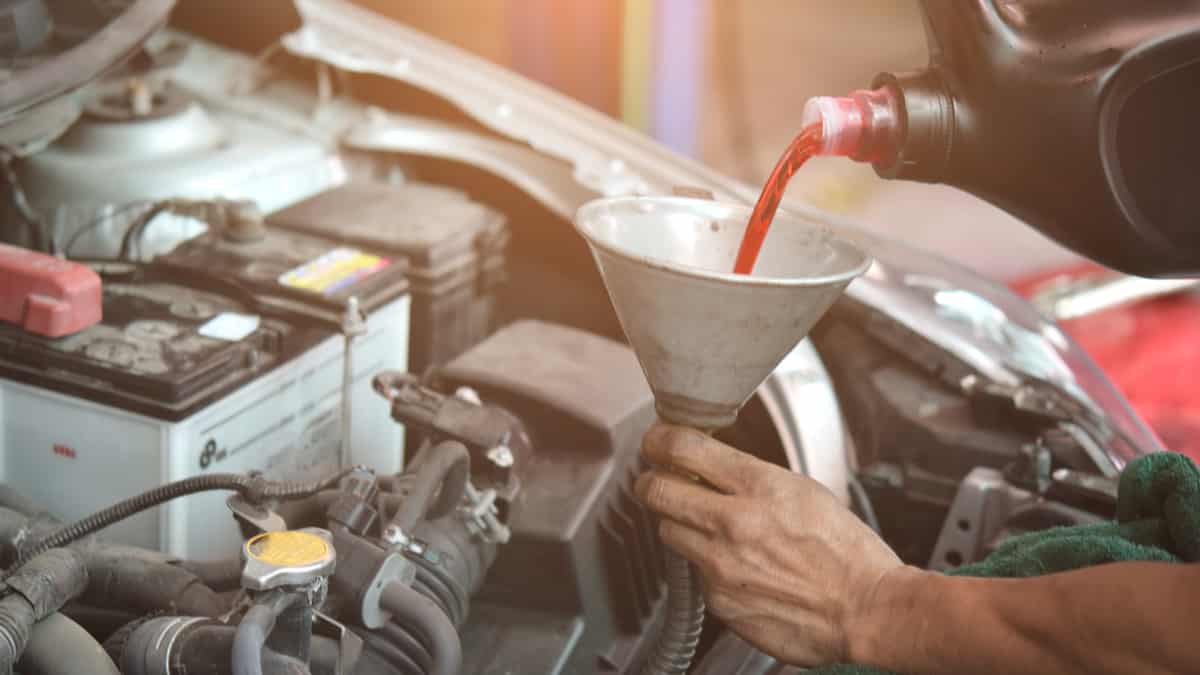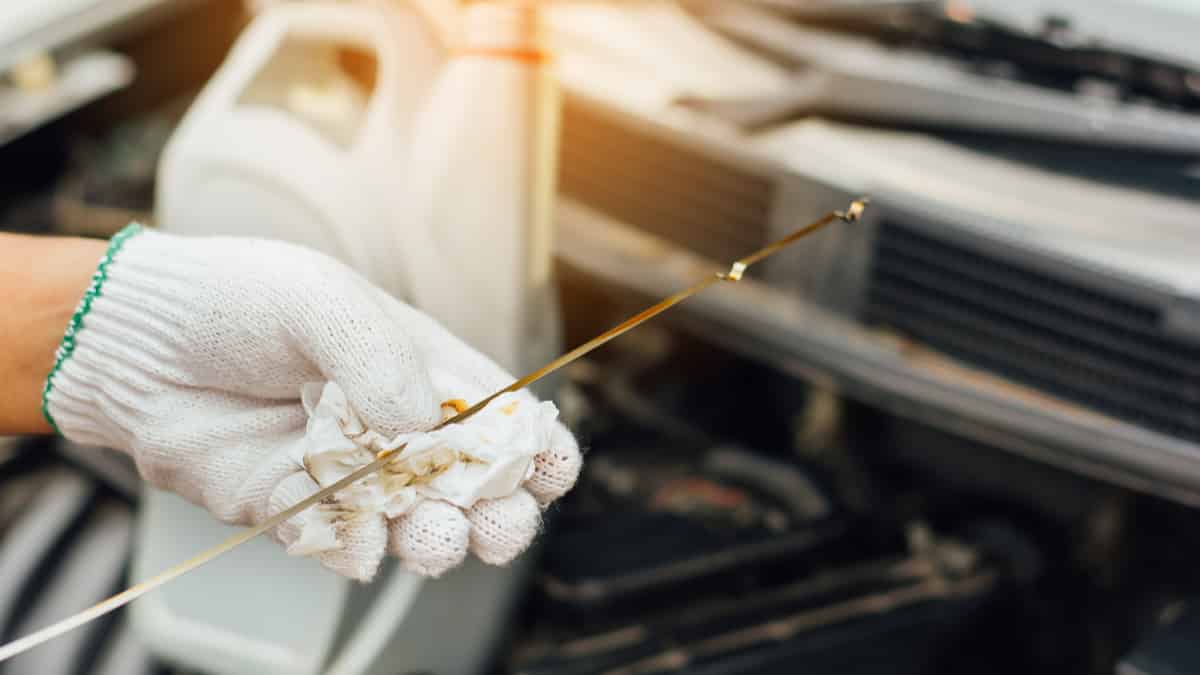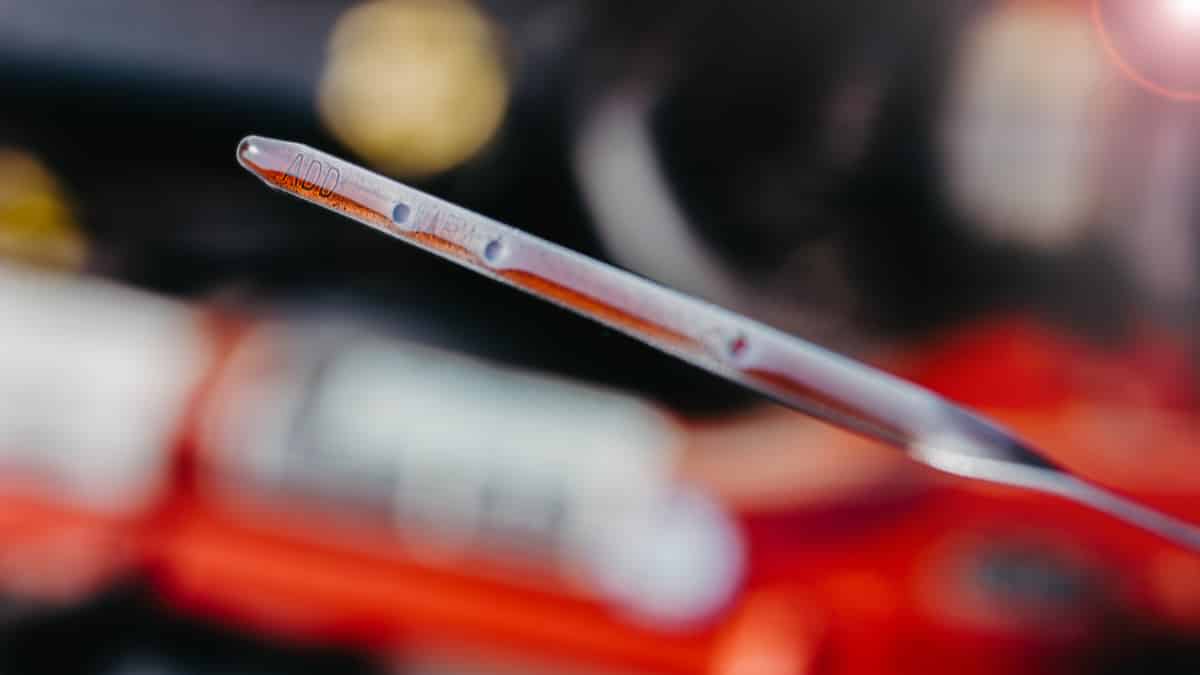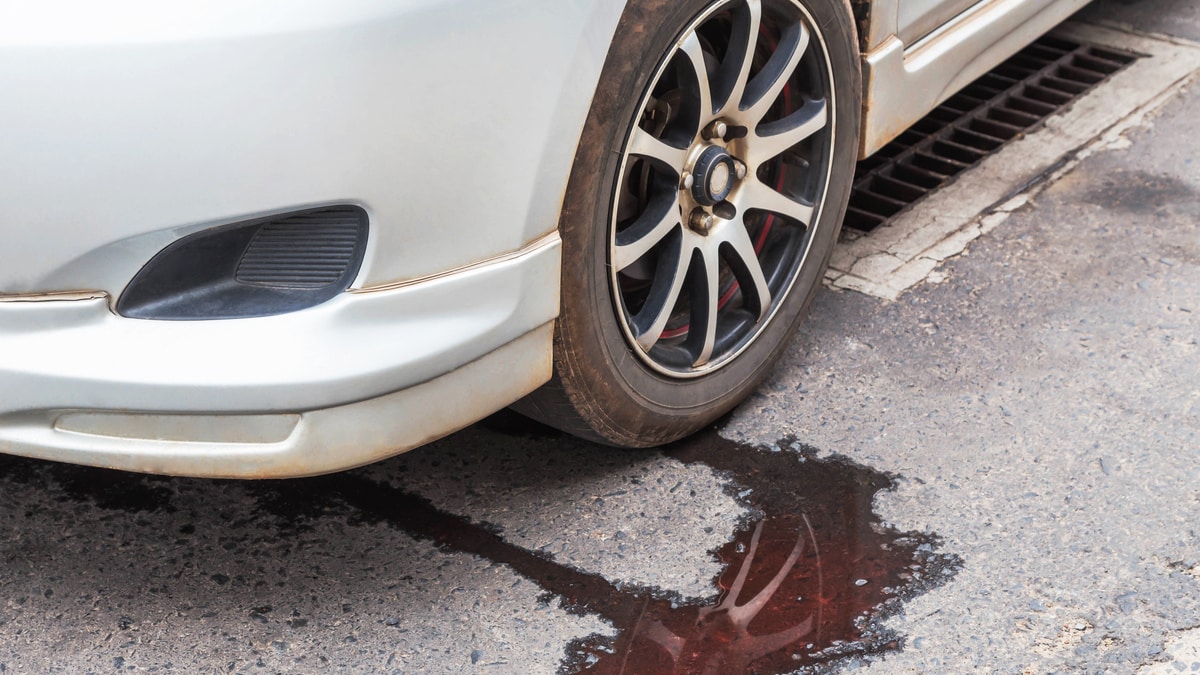Your vehicle uses a bunch of different fluids needed to keep the systems running the way they should. If a family member or friend has told you that you need blinker fluid, you might wonder what the benefits of it are. What is blinker fluid, and is it something you need to keep your vehicle running right?
In this guide, I discuss the history of blinker fluid and show you why it’s not real. I also talk about the fluids that are needed.
What is Blinker Fluid?
Blinker fluid isn’t a real product and it’s nothing that would ever be used for car maintenance. Instead, blinker fluid is something used to prank people that don’t know about automotive maintenance. Viral videos have surfaced showing people hunting for blinker fluid in the auto parts stores.
By telling someone that they need to buy blinker fluid, you are playing a prank on them. It’s a simple prank to play on anyone that doesn’t understand various car fluids. You can even find blink fluid coupons online and bottles of “blinker fluid” to further extend the joke. There are also similar jokes about tail light or headlight fluid.
The reality is that the blinkers on your vehicle are part of the electrical system. Putting any fluids in them would create damage, even if it’s a quite funny joke!
History of Blinker Fluid
It’s difficult to figure out where the term “blinker fluid” first came from. It started showing up in Google searches back in 2004. It could have been a term that was created by accident at that time, or it might have just gained popularity. It’s also possible that the term was already around, but just took off among the younger generation who was using the internet.
Sadly, we aren’t able to give credit to the person who came up with the blinker fluid prank, but it is still hilarious to watch. It’s a practical joke that can create a Fool’s Errand.
One person who understands the basics of car maintenance tells another one who isn’t that blinker fluid is needed. This person runs to the store and wastes a lot of time looking for blinker fluid. Hopefully, that person also asks an associate where to find it because everyone should get to enjoy a good laugh.
The blinker fluid joke has gone through many years of online enjoyment. You can find viral videos showing unsuspecting people searching for the fluid, making for a good chuckle to anyone that watches.
Places to Buy Blinker Fluid
If you want to play this prank on someone, there are two ways to move forward. You can send them on a Fool’s Errand and have them searching for the product, leading to confusion, and embarrassment. While that trick is fun and you should have your camera running, there’s also another way to play it.
Purchase a bottle of fake blinker fluid and tell them to use it. You can find empty bottles labeled as blinker fluid through many online platforms. These bottles are sold on Amazon, Etsy, Walmart, and more. When the bottle arrives, you can fill it with water before gifting it.
When you buy blinker fluid online, be sure you read through the reviews and Q&A section. Both of these provide valuable information to make the prank more enjoyable.
You can find blinker fluid here on Amazon if you want to prank someone. This is an affiliate link, which means that at no cost to you, we may receive a small commission for qualifying purchases.
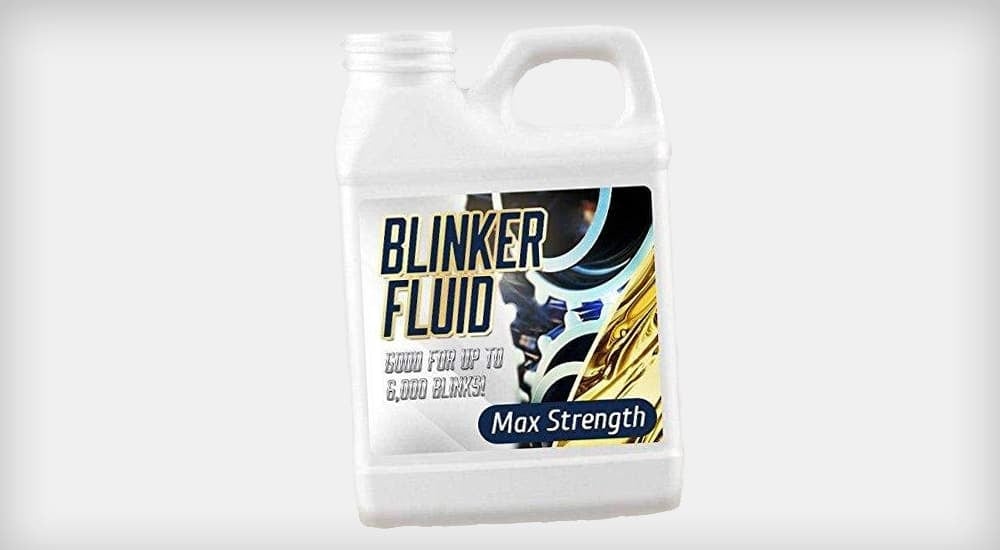
How Do Turn Signals Work?
With an understanding that blinkers don’t use any kind of fluids, it’s helpful to know how turn signals do work. The turn signals are an electrical feature that lets you tell other drivers and pedestrians when you are planning to change lanes or alter direction. The turn signals are a vital safety feature that helps to prevent accidents.
Turn signals run off electrical power to brighten the bulbs when the time is needed. A circuit connects to the bulb that is controlled through a power source running through a switch. When you flip the switch to activate the turn signal, the circuit completes illuminating the particular light.
The turn signal uses a blinking pattern to ensure more attention is directed to the light. With the blinking light, other drivers become aware of your intentions to ensure that an accident is avoided. The rhythmic pattern occurs because the module sends power pulses through to the lights. This module is also known as a flasher.
When you turn off the switch, the circuit is closed. This electrical switch turns off the blinkers until the next time it is activated.
Real Car Fluids You Need
1. Motor Oil
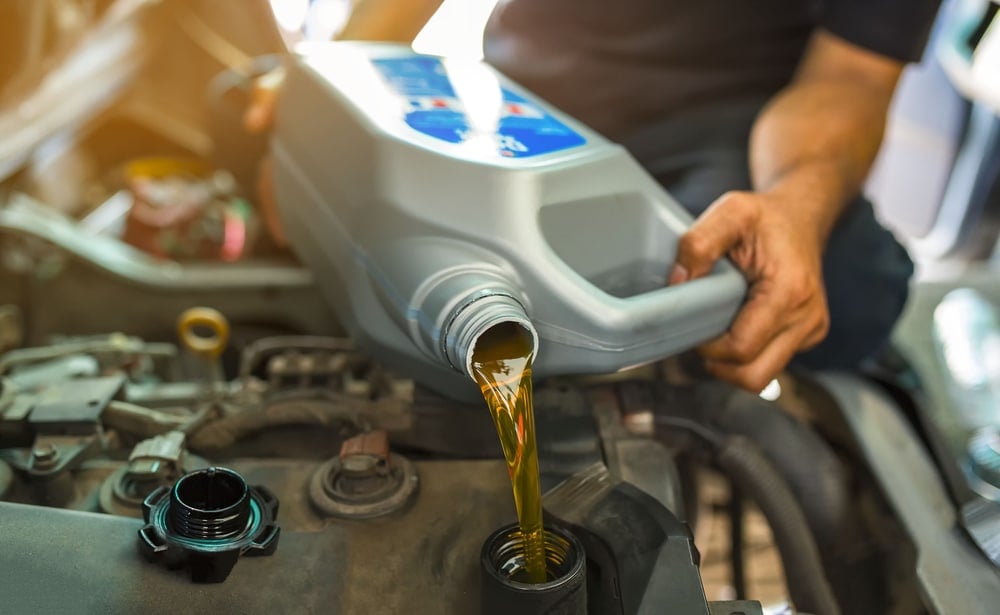
Engine oil is arguably the most important fluid your car needs. It lubricates the engine and keeps the internal parts working as intended. Engine oil also acts as a type of coolant. It will reduce engine temperature if the lubricant is fresh and clean. Finally, motor oil can clean out the engine, especially if you use a synthetic formula with detergents.
If you use conventional motor oil, you might need a replacement every 3,000 to 5,000 miles. However, synthetic motor oil can go 7,500 to 15,000 miles without a change.
2. Coolant
Coolant contains ethylene glycol and water. It is also called antifreeze. This fluid absorbs heat coming from the engine to keep the motor running at a perfect temperature.
You pour the coolant into the radiator reservoir. As the engine runs, coolant circulates through the engine and back through the radiator. The coolant also keeps the engine from freezing up. You should never put water directly into the reservoir because it can freeze when the temperatures drop. It also doesn’t contain the same thickness as the coolant that is required.
A regular coolant flush helps to keep the system running as it should. You might consider a coolant flush every 30,000 miles or two to three years.
3. Transmission Fluid
Your car’s transmission fluid lubricates the transmission, just as motor oil works with the engine. It also works as a hydraulic fluid to support shifting. You may need to top off the transmission fluid occasionally, so it’s important to keep a close eye on it.
Check your car owner’s manual to see how often a transmission flush is needed. With some models, it’s as soon as 30,000 miles, while others can go 100,000 miles.
4. Brake Fluid
Your car’s brake fluid is also a form of hydraulic fluid. When you apply force to the brake pedal, the pressure is amplified and sent to the brake pads. Over time, brake fluid can evaporate due to the high heat of the system. If the system doesn’t have enough fluid, there could be dangerous consequences.
In general, a brake fluid flush should be done every 30,000 miles or two years. However, you might need to add more brake fluid when working on the brakes, so keep an eye on the system.
5. Steering Fluid
The power steering fluid is also hydraulic, but it runs the power steering pump. This fluid is stored in the reservoir found underneath the hood. It not only lubricates the steering system, but also amplifies the pressure of the steering wheel to help you turn the vehicle.
You may need to change the power steering fluid every 50,000 miles. Check your owner’s manual to see what’s recommended for your vehicle.
6. Windshield Washer Fluid
The fluid used on your windshield is essential to keeping the auto glass clean. When you push the windshield washer lever, fluid sprays out so you can wipe away grime, dead bugs and contaminants.
There’s no reason to flush through the windshield washer fluid. However, you will want to check the reservoir and keep the container full for cleaning at any time.
Categories: General, Maintenance

